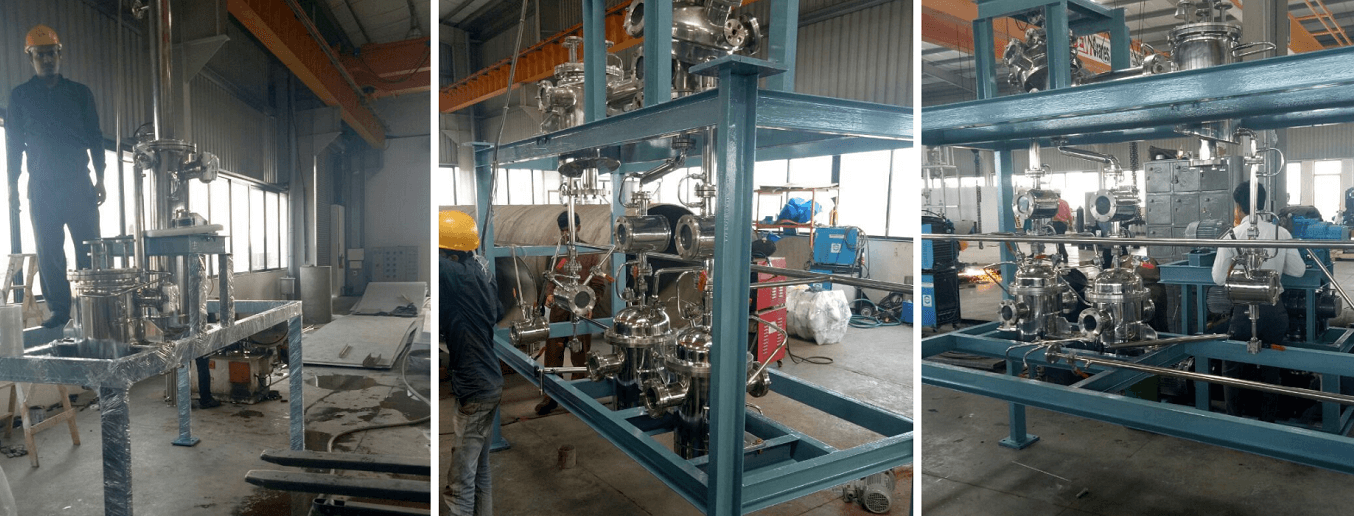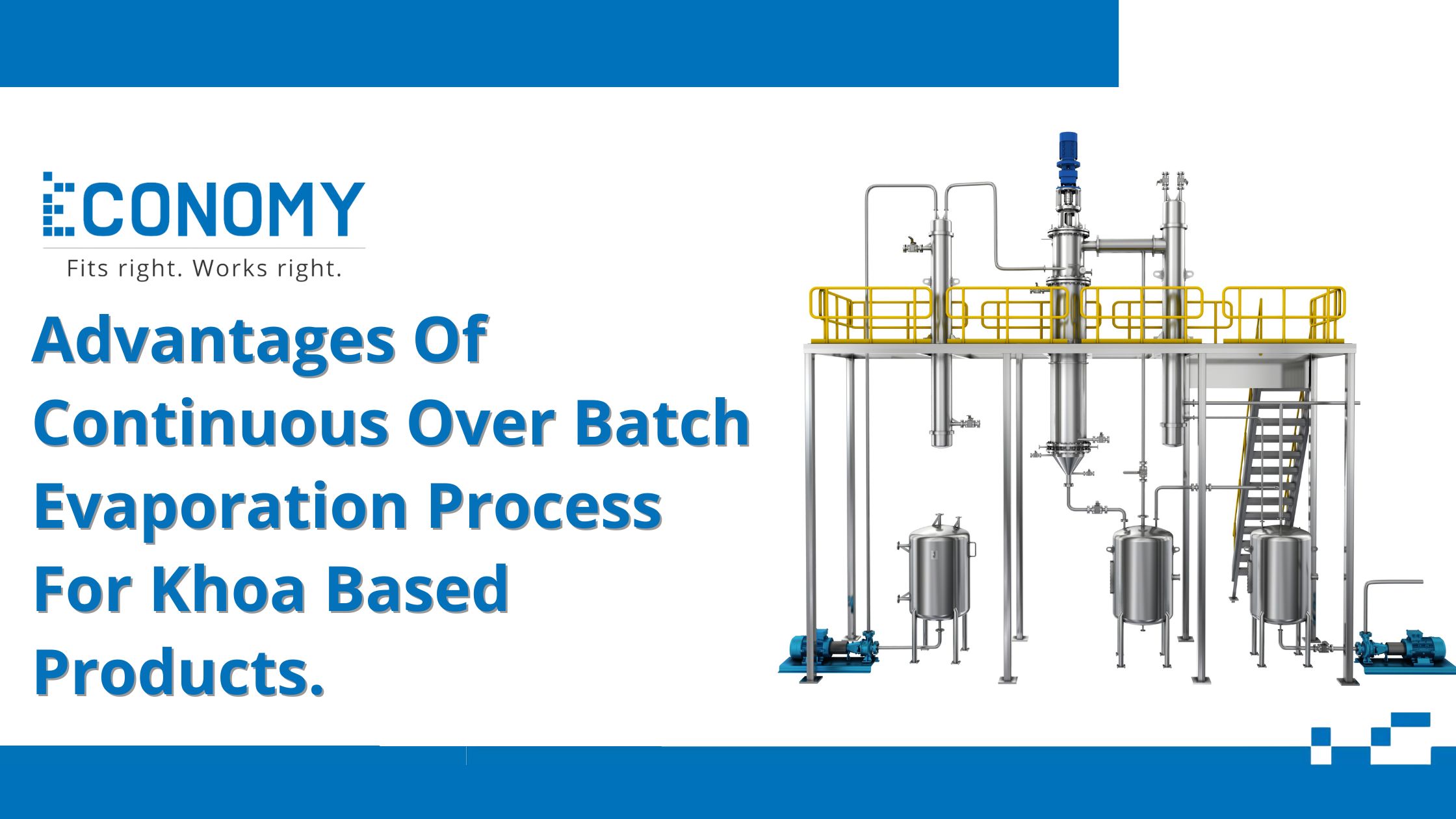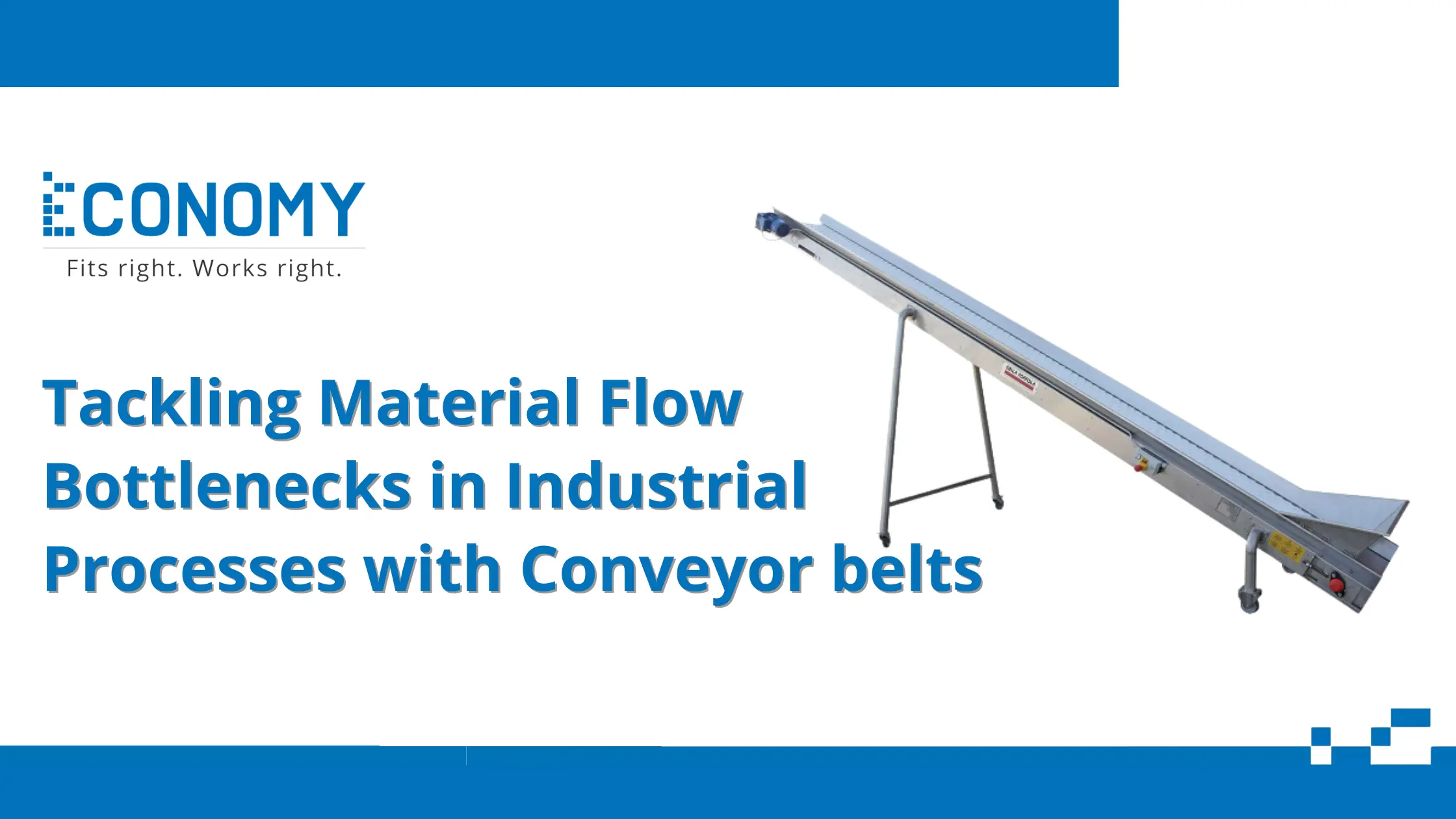Table of Contents
Vacuum pumps are an essential part of numerous industrial processes. Dry screw vacuum pumps have become increasingly popular due to their efficiency and reliability. However, like any other equipment, they require proper maintenance to function optimally. In this blog post, we will discuss advanced techniques for maintaining and troubleshooting dry screw vacuum pumps. Whether you are new to using dry screw vacuum pumps or have been using them for a while, this post will provide you with valuable insights on how to prevent contamination, diagnose mechanical and electrical problems, identify and address temperature issues, and tackle low pumping speeds.
Best Practices for Lubrication and Maintenance
Proper lubrication and maintenance are critical for the longevity and efficiency of dry screw vacuum pumps. Here are some best practices:
- Regular Lubrication: Dry screw vacuum pumps require regular lubrication to function optimally. The frequency of lubrication depends on the manufacturer’s recommendations and the usage of the pump. Some manufacturers recommend oil changes every 3,000 hours or yearly, whichever comes first. It’s essential to use the recommended lubricant to avoid damaging the pump.
- Cleaning the Pump: Cleaning the pump regularly is crucial for maintaining optimal performance. Dust and debris can accumulate in the pump, leading to contamination and reduced efficiency. Use a brush to remove dust and debris from the pump’s exterior. It’s also crucial to clean the interior of the pump regularly using the recommended cleaning solvent and Nitrogen gas purging.
- Regular Inspection: Regular inspection of the pump is necessary to identify any potential issues before they escalate. During the inspection, check for any leaks, worn or damaged parts, and any unusual noise or vibration. Replace any worn or damaged parts immediately to avoid further damage.
Strategies for Preventing Contamination
Contamination is one of the most common issues with dry screw vacuum pumps. Contamination can lead to reduced efficiency, damage to the pump, and even system failure. Here are some strategies for preventing contamination:
- Proper Maintenance: As mentioned earlier, regular maintenance is crucial for preventing contamination. Cleaning the pump regularly, replacing worn or damaged parts, and using the recommended lubricant are some of the ways to prevent contamination.
- Proper Sealing: Proper sealing is essential to prevent contamination. Ensure that all seals and gaskets are in good condition and replace any damaged or worn seals immediately. It’s also crucial to use the recommended seals to avoid contamination.
- Proper Filtration: Proper filtration is necessary to prevent contamination. Ensure that the pump’s filtration system is working correctly and replace any damaged or worn filters immediately. It’s also essential to use the recommended filters to avoid contamination.
Advanced Cleaning Techniques
While regular cleaning is necessary for maintaining optimal performance, advanced cleaning techniques may be required in some cases. Here are some advanced cleaning techniques:
- Solvent Cleaning – it is a method of cleaning the pump’s interior using a chemical solution. Chemical cleaning is necessary when the pump’s interior is heavily contaminated and regular cleaning methods are not effective. It’s essential to use the recommended cleaning solvent and follow the manufacturer’s instructions.
- Nitrogen purging – a method of cleaning the pump’s interior using Nitrogen gas. Nitrogen cleaning is necessary when the pump’s interior is contaminated or has residue within the pump and usually follows Solvent cleaning. It’s essential to use the recommended flow rate and pressure and follow the manufacturer’s instructions.
Monitoring and Diagnosing Common Issues
It is crucial for maintaining optimal performance that there is regular monitoring of issues. Here are some common issues and how to diagnose them:
- Low Pumping Speeds
It can be caused by numerous factors, including worn or damaged parts, contamination, incorrect usage or leakage in the system. Check the pump’s filters, seals, and gaskets for any damage or wear. Ensure that the pump is being used correctly and there are no leakages. Check the pump down calculations and verify pump capacity has been correctly designed If the issue persists, contact the manufacturer for assistance.
- Excessive Noise and Vibration
It can be caused by numerous factors, including worn or damaged parts, contamination, or incorrect usage. Check the pump’s filters, seals, gaskets and bearings for any damage or wear. Ensure that the pump is being used correctly. If the issue persists, contact the manufacturer for assistance.
- Temperature Issues
It can be caused by numerous factors, including incorrect usage, high incoming vapor temperature, worn or damaged parts, or contamination. Check the pump’s cooling system, cooling water flow rate and temperature, filters, seals, and gaskets for any damage or wear. Ensure that the pump is being used correctly. If the issue persists, contact the manufacturer for assistance.
Other Troubleshooting Techniques for Dry Screw Vacuum Pumps
Advanced troubleshooting techniques may be required in some cases. Here are some advanced troubleshooting techniques:
- Diagnosing Mechanical and Electrical Problems
It’s essential to have a good understanding of the pump’s components and how they work. Check the pump’s wiring, connections, and fuses for any damage or wear. Use a multimeter to check the pump’s electrical components. If the issue persists, contact the manufacturer for assistance.
- Common Causes of Vibration and Noise
These include worn or damaged parts, contamination, or incorrect usage. Check with a vibration meter and share the values with the manufacturer to analyze the same. Ensure that the pump is being used correctly. If the issue persists, contact the manufacturer for assistance.
Proper maintenance and troubleshooting of dry screw vacuum pumps are essential for ensuring the optimal performance and longevity of these valuable machines. In this blog post, we have covered some advanced techniques for maintaining and troubleshooting dry screw vacuum pumps, including best practices for lubrication and maintenance, strategies for preventing contamination, advanced cleaning techniques, and monitoring and diagnosing common issues. By following these techniques, you can save time and money in the long run, as well as avoid costly downtime and repairs. Remember to diagnose mechanical and electrical problems and identify and address temperature issues and solutions for low pumping speeds. If you need any further information, we encourage you to explore dry screw vacuum pumps for more information on maintaining and troubleshooting dry screw vacuum pumps.
Takeaway: Maintaining and troubleshooting dry screw vacuum pumps is an essential task that requires advanced techniques and strategies. By following these best practices, you can avoid costly downtime and repairs while ensuring the optimal performance and longevity of your machines. Remember to diagnose common issues and identify and address temperature issues and solutions for low pumping speeds. For more information and an Annual Maintenance contract for your vacuum systems, contact our technical experts today!

Pilot Plant Facility
Experience advanced pilot plant facility for testing and refining processes with state-of-the-art equipment and expert support





